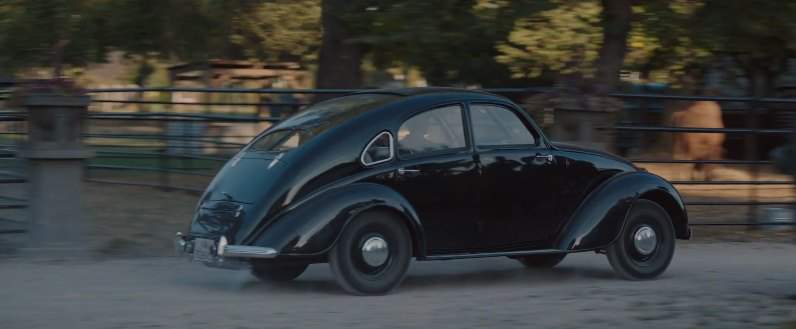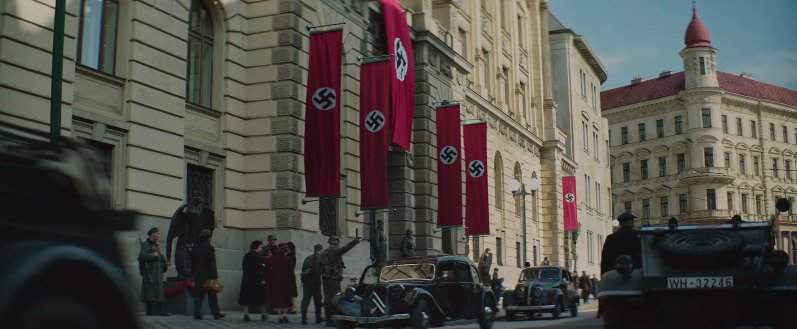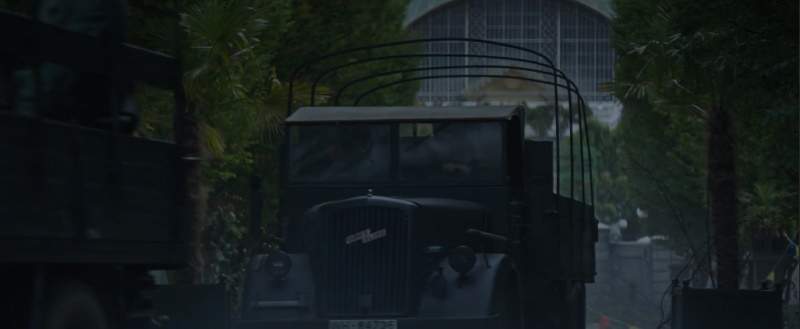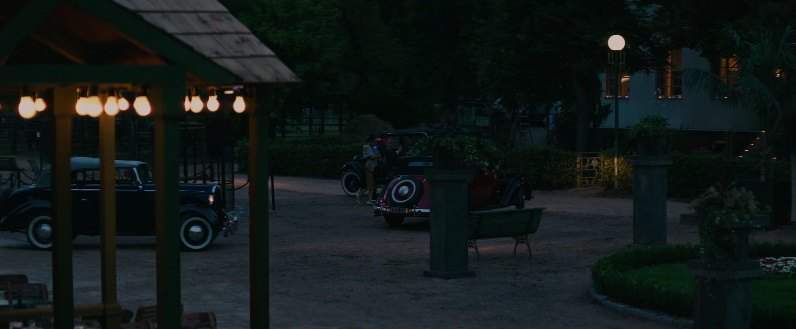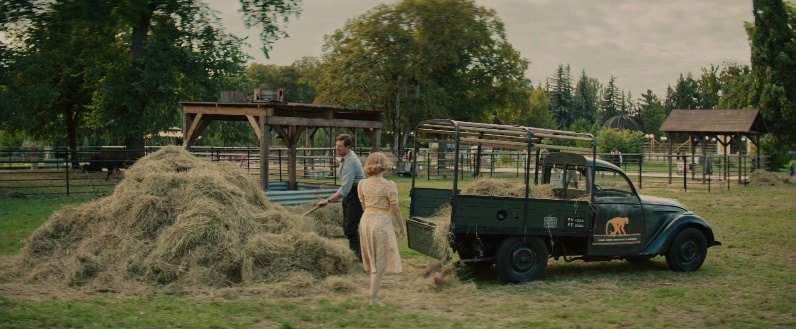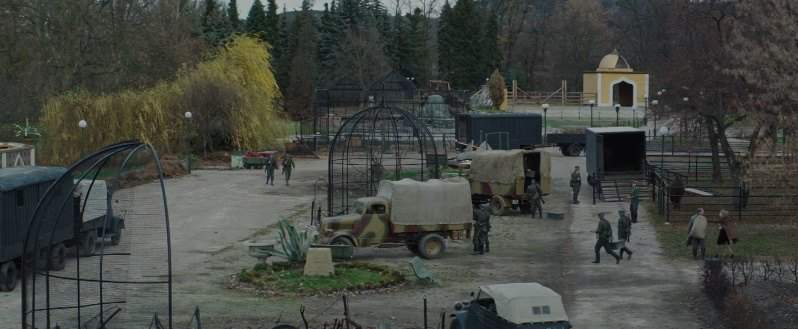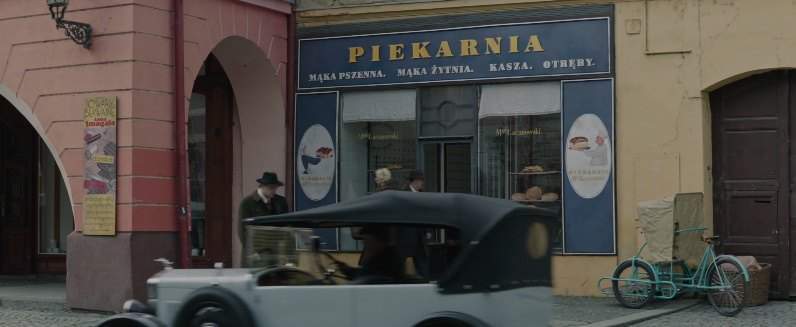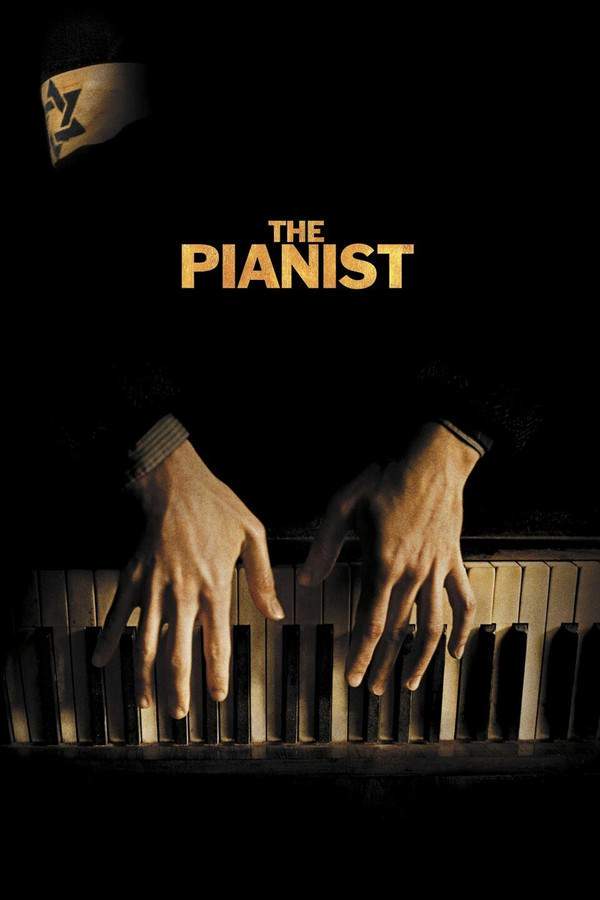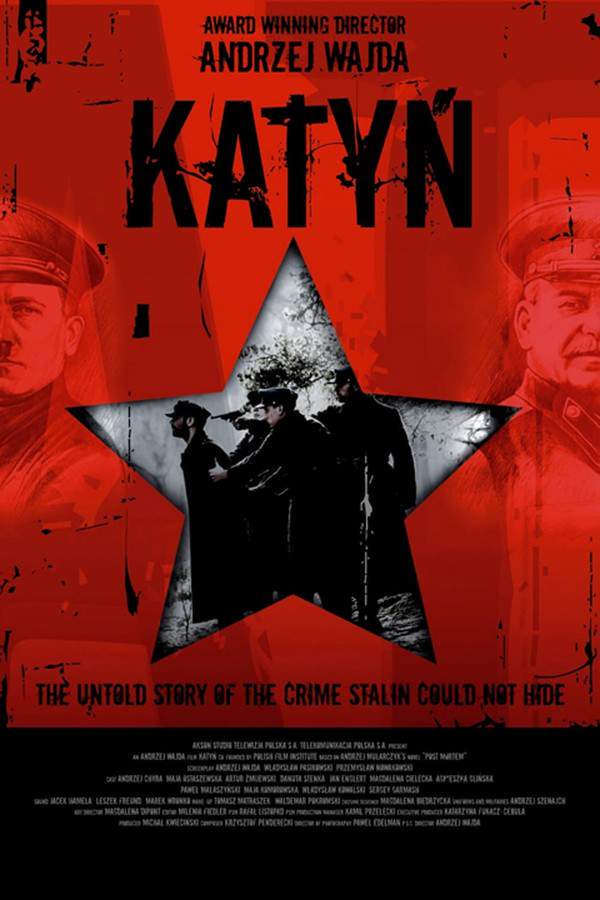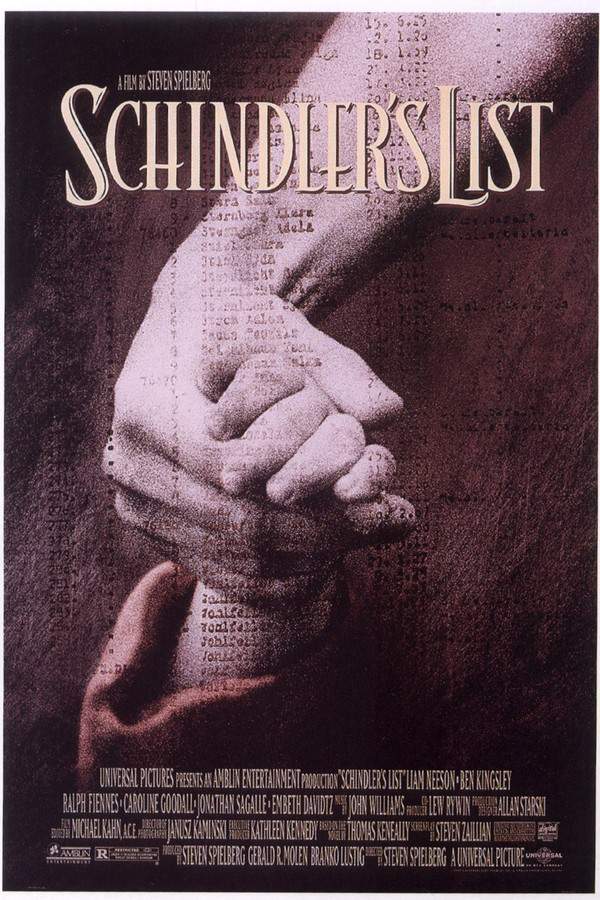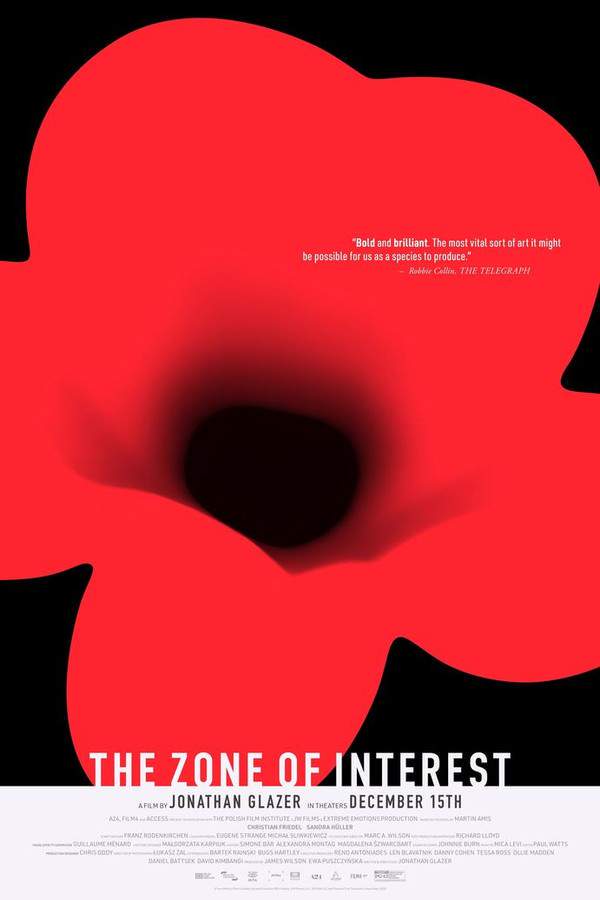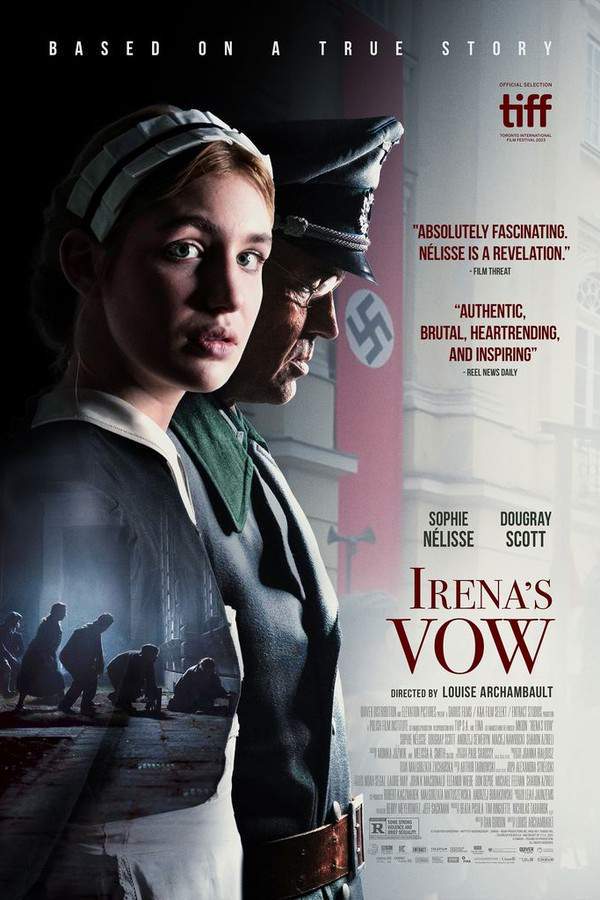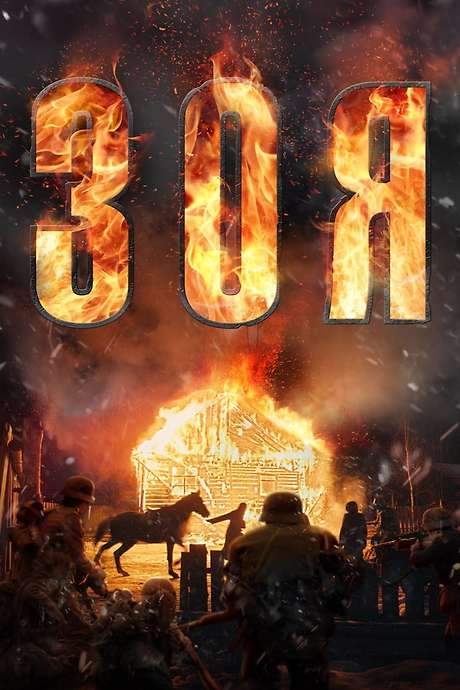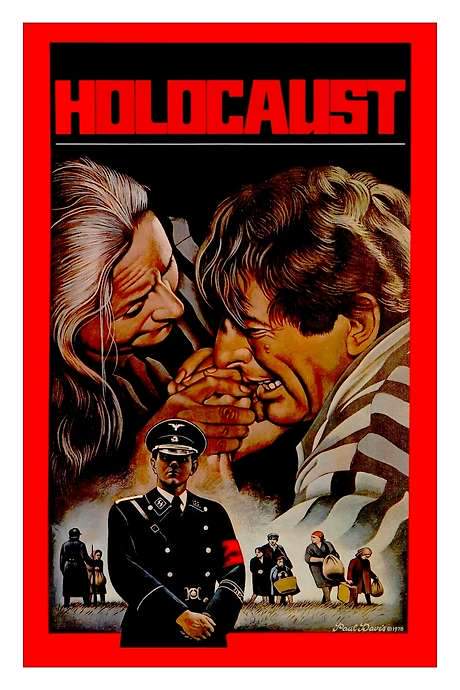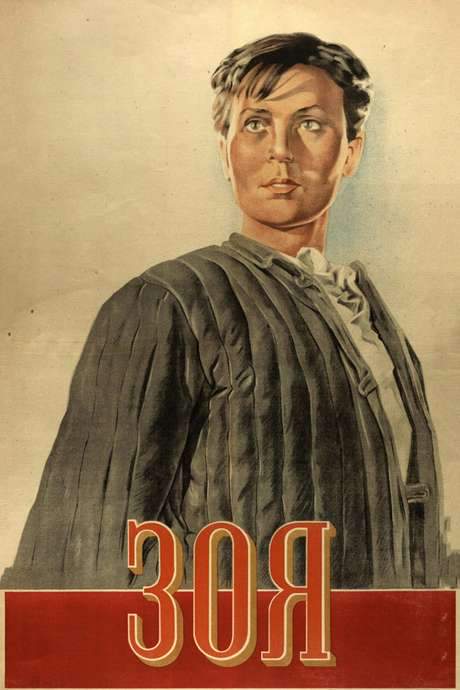The Zookeeper's Wife 2017

In 1939 Poland, Antonina and Jan Żabiński, keepers of a Warsaw zoo, face a harrowing ordeal when Nazi forces invade. As the world descends into war, they find themselves in a precarious position, using the zoo as a refuge for Jews and secretly aiding the Polish Resistance. Antonina's bravery and quick thinking become crucial as she risks her family’s safety to protect those in need, demonstrating extraordinary compassion amidst unimaginable cruelty.
Does The Zookeeper's Wife have end credit scenes?
No!
The Zookeeper's Wife does not have end credit scenes. You can leave when the credits roll.
Meet the Full Cast and Actors of The Zookeeper's Wife
Explore the complete cast of The Zookeeper's Wife, including both lead and supporting actors. Learn who plays each character, discover their past roles and achievements, and find out what makes this ensemble cast stand out in the world of film and television.
No actors found
External Links and Streaming Options
Discover where to watch The Zookeeper's Wife online, including streaming platforms, rental options, and official sources. Compare reviews, ratings, and in-depth movie information across sites like IMDb, TMDb, Wikipedia or Rotten Tomatoes.
Ratings and Reviews for The Zookeeper's Wife
See how The Zookeeper's Wife is rated across major platforms like IMDb, Metacritic, and TMDb. Compare audience scores and critic reviews to understand where The Zookeeper's Wife stands among top-rated movies in its genre.

57
Metascore
6.9
User Score


64%
TOMATOMETER

76%
User Score

7.0 /10
IMDb Rating

73
%
User Score

3.4
From 63 fan ratings

4.13/5
From 15 fan ratings
Take the Ultimate The Zookeeper's Wife Movie Quiz
Challenge your knowledge of The Zookeeper's Wife with this fun and interactive movie quiz. Test yourself on key plot points, iconic characters, hidden details, and memorable moments to see how well you really know the film.
The Zookeeper's Wife Quiz: Test your knowledge on 'The Zookeeper's Wife', a poignant tale of love and courage amidst the horrors of war.
What year did the invasion of Poland begin, altering the course of the film's narrative?
1939
1941
1936
1944
Show hint
Full Plot Summary and Ending Explained for The Zookeeper's Wife
Read the complete plot summary of The Zookeeper's Wife, including all major events, twists, and the full ending explained in detail. Explore key characters, themes, hidden meanings, and everything you need to understand the story from beginning to end.
As the director of Warsaw’s largest zoo during the tumultuous era of 1930s Europe, Dr. Jan Żabiński (Jan) collaborated closely with his wife Antonina. Their partnership highlighted the profound impact of unity and empathy. However, everything changed when September 1, 1939, heralded the aerial bombardment of Warsaw and the devastating Invasion of Poland, plunging the city into turmoil. In the midst of such chaos, Antonina and their son Ryszard narrowly escaped with their lives.
The situation took a significant turn with the arrival of Dr. Lutz Heck (Heck), the head of the Berlin Zoo and Adolf Hitler’s chief zoologist. Though initially a professional rival tasked with overseeing the Warsaw Zoo, his true motives soon emerged. Heck offered to transport the Żabińskis’ prized animals to Berlin, but this was a guise for his true intentions, which involved slaughtering the rest in a show of brutality.
As the war continued to ravage Poland, the Żabińskis were approached by their Jewish friends, Maurycy Fraenkel and Magda Gross, who sought refuge from the horrors of the Ghetto. Despite the inherent risks, Jan and Antonina bravely sheltered Magda, transforming their zoo into a sanctuary where they tirelessly concealed others and saved lives.
To outsmart Heck, the Żabińskis devised an ingenious plan to convert the abandoned zoo into a pig farm, an endeavor aimed at misdirecting the occupying forces while covertly rescuing people from the Ghetto. To their surprise, Heck accepted their proposal, motivated by his ambition to create an aurochs, emblematic of Nazi supremacy.
Jan ventured into the Ghetto, collecting garbage as a disguise while secretly transporting hidden people in trucks to the zoo, offering them temporary safety alongside the Underground Army. Their home morphed into a network of concealed tunnels and secret chambers, safeguarding those desperate for escape. During the night, Antonina would serenely play her piano, signaling to those in hiding that it was safe to come out; yet, during daylight, everyone remained hidden.
Tragedy struck in 1942 as the Germans began transporting Jews to death camps. A heartbreaking moment occurred at a loading station when Jan implored Janusz Korczak, the compassionate head of the Jewish children’s orphanage, to flee, only to be met with Korczak’s refusal to abandon his children. Ultimately, Jan had no choice but to assist in loading children into cattle cars, a stomach-churning act marking the harsh realities of war.
As Heck’s feelings for Antonina grew noticeable, tensions rose within the Żabiński household, threatening their bond and the sanctuary they had created amidst the chaos of war-torn Warsaw. By 1943, the fates of Antonina and her friend were perilously intertwined as they, disguised as Aryans, faced brutal execution outside their boarding house—a dire reminder of the risks of wartime.
When the days of the Warsaw Uprising arrived, Jan wrestled with his duty to advocate for his homeland’s freedom while yearning to reunite with Antonina. Their love had endured considerable trials, but now faced its most formidable challenge. Meanwhile, the volatile dynamic between Heck and Antonina reached a boiling point, as her attempts to keep him at bay were further complicated by his increasing suspicions.
The situation took a dramatic turn when Heck unexpectedly arrived at the Żabiński home, questioning Ryszard about his parents’ whereabouts. However, Ryszard, displaying remarkable defiance, retorted, “Hitler is kaput!”—much to the disturbance of the already tense atmosphere between Heck and Antonina.
As January 1945 brought signs of reconstruction to Warsaw, Antonina’s anxiety grew over Jan’s fate, leading to desperate overtures towards Heck that, despite her intentions, ended up in a brutal clash, leaving her spirit fractured. In the aftermath of this turmoil, her guests fled, vanished into the shadows of despair, while Antonina found solace alongside Ryszard, who steadfastly preserved his family’s secrets amid the relentless dangers of the war.
Months later, four months post-Nazi surrender, Warsaw began its arduous journey of reclamation. Antonina returned to the ravaged zoo accompanied by their devoted keeper, Jerzyk. It was here that Jan, having survived the torment of a prison camp, finally returned home—his spirit battered yet unbroken. In a poignant moment of defiance, the family painted Stars of David across the zoo’s cages, symbolizing their indomitable will to survive and the enduring power of love even amidst destruction.
As the tale concludes, it becomes apparent that Janina and Antoni Żabiński’s selfless acts transcended the confines of their beloved zoo. Their bravery played a crucial role in saving over 300 Jewish lives, courageously countering the Nazi regime’s ruthless oppression. Meanwhile, the fate of Heck’s Berlin Zoo was sealed by the ongoing destructive Allied bombings, leaving its once-lively exhibits, including the coveted aurochs enclosure, forever in ruins.
In honor of their remarkable and righteous actions against oppression, the Żabińskis received recognition from Yad Vashem, the State of Israel’s institution, underscoring their unwavering morals and the profound commitment to upholding human dignity even amid overwhelming adversity. Finally, with the echoes of war behind them, Janina and Antoni dedicated themselves to restoring their Warsaw Zoo, meticulously rebuilding it as a beacon of hope and resilience for future generations to admire.
Uncover the Details: Timeline, Characters, Themes, and Beyond!

Coming soon on iOS and Android
The Plot Explained Mobile App
From blockbusters to hidden gems — dive into movie stories anytime, anywhere. Save your favorites, discover plots faster, and never miss a twist again.
Sign up to be the first to know when we launch. Your email stays private — always.
Watch Trailers, Clips & Behind-the-Scenes for The Zookeeper's Wife
Watch official trailers, exclusive clips, cast interviews, and behind-the-scenes footage from The Zookeeper's Wife. Dive deeper into the making of the film, its standout moments, and key production insights.
Cars Featured in The Zookeeper's Wife
Explore all cars featured in The Zookeeper's Wife, including their makes, models, scenes they appear in, and their significance to the plot. A must-read for car enthusiasts and movie buffs alike.
The Zookeeper's Wife Themes and Keywords
Discover the central themes, ideas, and keywords that define the movie’s story, tone, and message. Analyze the film’s deeper meanings, genre influences, and recurring concepts.
The Zookeeper's Wife Other Names and Titles
Explore the various alternative titles, translations, and other names used for The Zookeeper's Wife across different regions and languages. Understand how the film is marketed and recognized worldwide.
Similar Movies To The Zookeeper's Wife You Should Know About
Browse a curated list of movies similar in genre, tone, characters, or story structure. Discover new titles like the one you're watching, perfect for fans of related plots, vibes, or cinematic styles.
Quick Links: Summary, Cast, Ratings, More

What's After the Movie?
Not sure whether to stay after the credits? Find out!
Explore Our Movie Platform
New Movie Releases (2025)
Famous Movie Actors
Top Film Production Studios
Movie Plot Summaries & Endings
Major Movie Awards & Winners
Best Concert Films & Music Documentaries
Movie Collections and Curated Lists
© 2025 What's After the Movie. All rights reserved.















